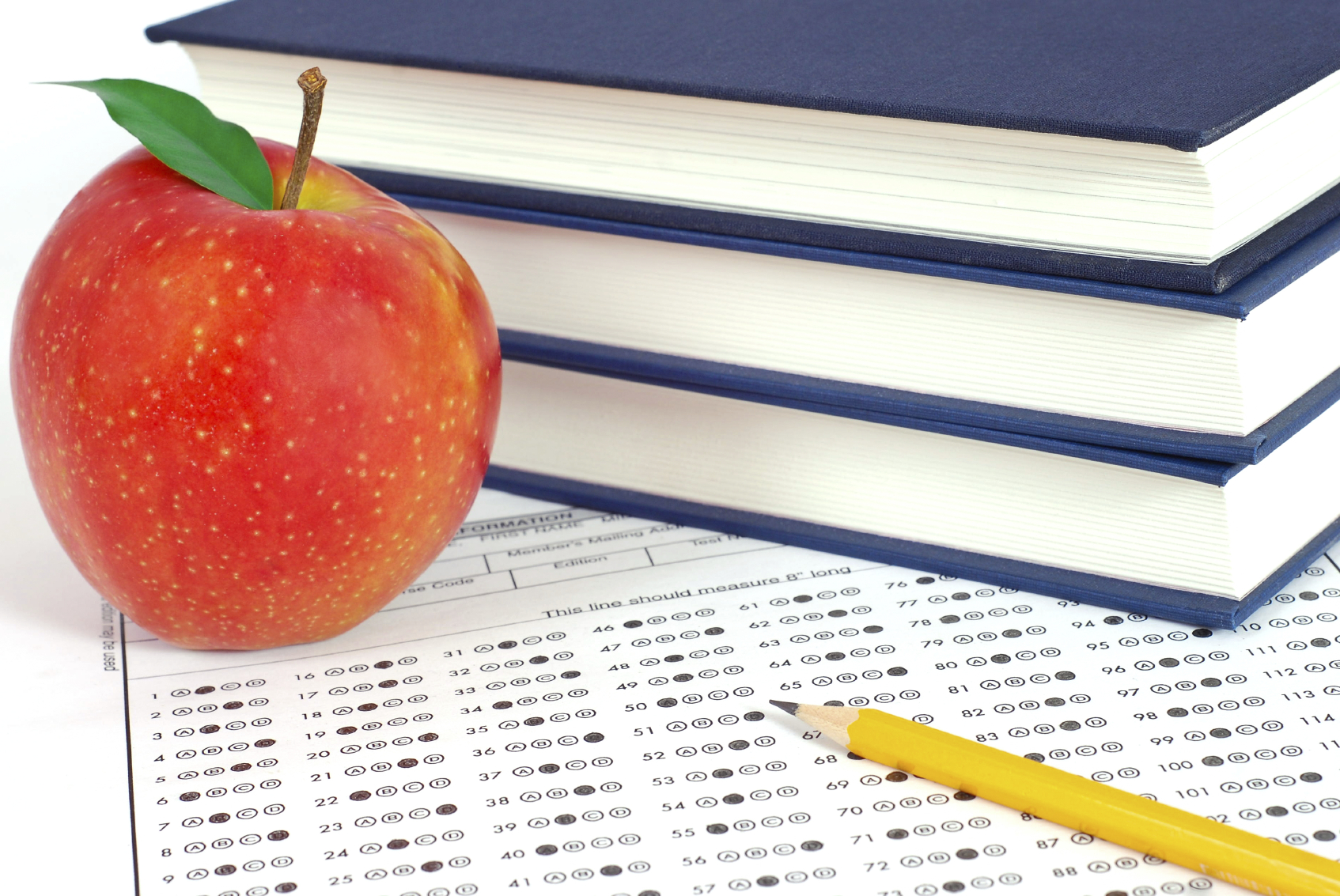
Students today are so much smarter than I was in high school. My grades were decent, but I was educated before the letters 'A' and 'P' were practically required to get into college. So I didn’t learn how to analyze historical documents, write reasoned arguments about Shakespearean prose, or work with differentials until college. Seventeen-year-old Advanced Placement students do this daily.
Advanced Placement (AP) courses are designed by the influential College Board (the SAT is also under its control) in order to expose high school students to college-level work. Although the program has been around since the fifties, it has gained widespread popularity in recent decades. When high schools in Washington offered the first AP classes in 1965, 230 students signed up. In 1997 there were about 7,000 students. Last year 79,567 Washington students took an AP class.
So, why the explosion?
As a teacher, I figured the growth in AP classes was due to the increasingly competitive college admissions process. I am constantly telling my sophomores that if college is in their future, AP classes better be, too. But when I sat down with a group of high school seniors recently, they told me it’s not all about getting into college.
What students say about AP
When I asked why they were taking AP classes, the seniors all exhaled dramatically, complaining about stress, endless hours of homework and how they have “no life.” After getting that out of the way, they spoke eloquently about how much they appreciate AP.
“You can tell the difference the moment you walk into the classroom,” Maria Nguyen said. “In an AP class you grow so much more as a student.” Nguyen plans to attend community college before moving to a four-year college, so she is not taking AP to beef up her transcript. “I’m taking AP for the experience. I don’t want to struggle in college.”
“You learn a lot more,” Ryan Pohle agreed. “The teacher doesn’t spend as much time repeating herself again and again and again.”
All this talk about stress and learning can scare off potential AP students. Many capable students are reluctant to take AP, worried about the toll a challenging class will have on their GPA. If that doesn’t deter them, the summer assignments do.
The AP experience

Yup, summer assignments.
The sheer amount of material that needs to be covered in AP is daunting. Some teachers get ahead by assigning textbook chapters over the summer. Summer assignments and all curriculum decisions are up to individual teachers. The AP folks at College Board give teachers an outline of what should be covered, but teachers are free to make professional decisions regarding how to teach the material. Many AP classes fall short of the “two hours of homework for every hour in class” expectation common in college, but there is still a heavy amount of reading and essay writing. Projects and daily assignments vary from teacher to teacher. There is no time to reteach concepts, so students who fall behind need to catch up before or after school.
In regular classes, teachers spend hours reteaching and supporting students who don’t understand the material. For those who got it the first time around, AP classes relieve the boredom of sitting through needless review sessions. AP students also enjoy being surrounded with classmates who have similar academic goals.
Another AP perk is the possibility of earning college credit. For $91, students can take AP tests at the end of the year. If they do well enough (earning a 3 on a 1–5 scale), they receive college credit. Last year the average score among all AP tests taken in Washington was a 2.95. Not all colleges will give students credit for AP courses, so students should contact schools they are interested in attending. Private schools tend to be especially picky about these transfer credits.
AP politics
Although AP courses are great for college-bound students, being part of a heterogeneous mix of people is a great thing, too. The existence of AP courses takes the high-achieving students out of their traditional courses, which can be problematic for those who remain. Plus, when students explain concepts to others, they understand and retain material better themselves.
Schools also have political reasons for offering AP classes. Many high schools opened in the eighties and nineties with a commitment to not offer AP courses, wanting to ensure that all students were exposed to high expectations and where not subject to tracking. But in this era of standardized testing, AP courses are needed in order to attract high-level students and the high standardized test scores they will earn.
If a school doesn’t offer AP classes, college-bound students head elsewhere, and the school's test scores drop dramatically. Because you cannot have AP classes without AP students, swaths of students are often placed in a class that they are not academically prepared for or motivated to take. This can have one of two effects: either students rise to the occasion, or the teacher dumbs down the curriculum. To find out what is going on at your school, check AP scores.
AP alternatives
International Baccalaureate: The program was founded in the late sixties by international businessmen and diplomats and has recently worked its way into U.S. schools. The IB program is similar to AP in that students get a chance to experience college-level curriculum and earn college credit for adequate test scores. There is also an IB diploma for students who complete a set number of courses and a research paper in last two years of high school. While nearly every high school offers AP class, only a few Seattle-area schools have IB programs.
Running Start: High school juniors and seniors can take community college classes in lieu of attending high school. Not only do these classes satisfy high school graduation requirements, but students also receive the college credits for free.









